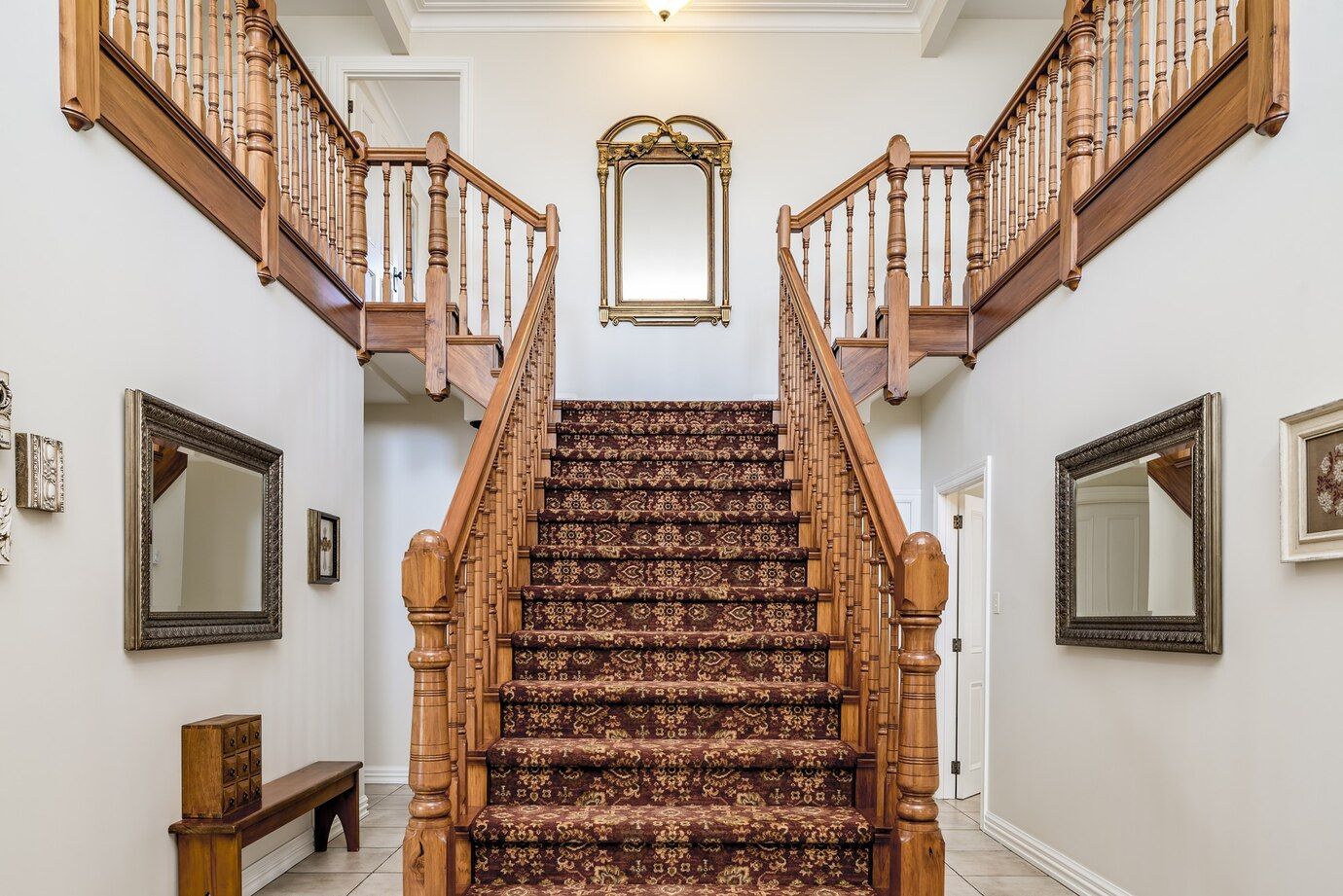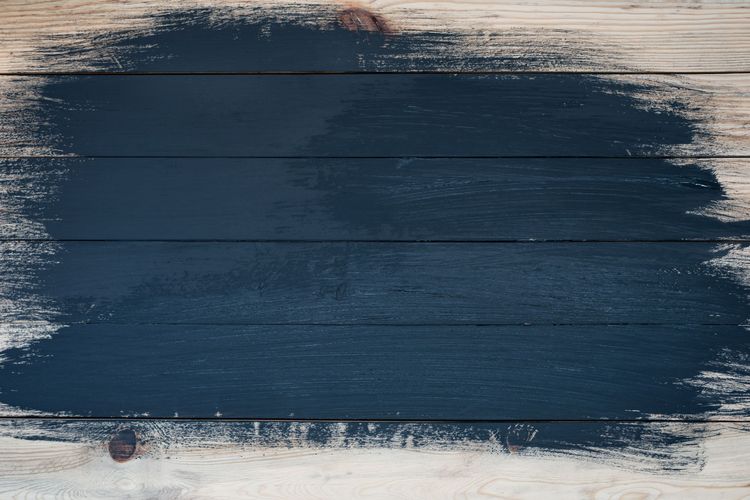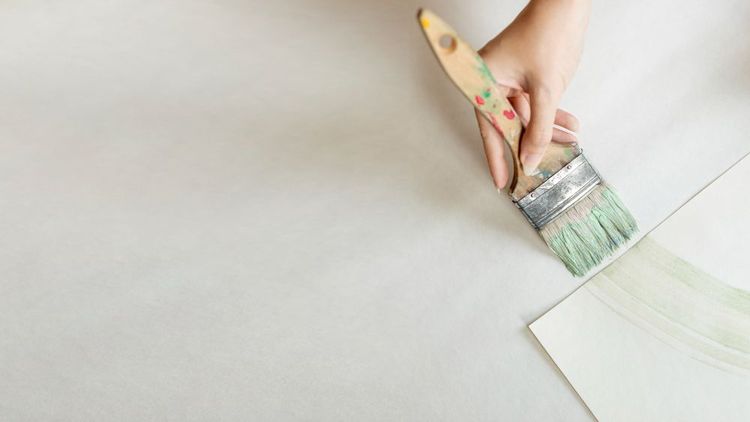How to restore a wooden banisters: a few advices

Wooden stair banisters can lose their original appearance over time due to wear and tear, scratches and darkening. However, proper restoration can not only restore them to their former beauty, but also improve their strength and durability. Restoring wooden railings requires a careful approach and meticulous execution of each step, from cleaning and sanding to applying a new protective coating. In this article, we'll go over the basic steps and helpful tips to help you restore your railing's aesthetics and extend its lifespan.

What affects banisters wear and tear
The wear and tear on wood banisters depends on a number of factors that can degrade their appearance and functionality over time. One key factor is the frequency of use. In high-traffic areas where railings are frequently used for support, wood is more quickly exposed to mechanical damage such as scratches, scuffs and even small chips.
Exposure to moisture and temperature fluctuations also significantly affect the condition of the railing. Moisture can cause the wood to swell or warp, which over time will damage it and cause it to lose its original appearance. In areas with high humidity, such as homes with poor ventilation or stairs near windows, wood can lose its strength characteristics more quickly. Temperature fluctuations, especially in winter, can contribute to cracks and cracking of the coating.
In addition, the type of protective coating and the regularity of maintenance will also affect the wear and tear of the railing. Lacquered or oiled railings keep a fresh look longer, as such coatings provide protection against moisture and mechanical damage. However, without regular renewal of the protective layer, the wood becomes more vulnerable, and the railing loses its attractive appearance faster. Dust and dirt that accumulate on the railing also contribute to wear and tear, so regular cleaning helps to extend the life of the wood.
Thus, the condition of the railing depends on a combination of factors such as intensity of use, climatic conditions and maintenance.
How to restore banisters
Wood banisters restoration is a process involving several steps, each aimed at restoring its appearance and protecting it from further wear and tear. Start by preparing the surface by removing the old coating, dust and dirt. This can be done with sandpaper or a special flushing compound that helps to quickly get rid of old varnish or paint. After removing the coating, wipe the railing with a damp cloth and let it dry completely to prepare it for sanding.

The second step is to sand the surface to make the railing smooth and remove minor scratches and imperfections. Use medium grit sandpaper for basic sanding, gradually moving to finer grit sandpaper to achieve a perfectly smooth surface. After sanding is complete, remove dust with a vacuum cleaner or soft cloth.
After sanding, proceed to the application of a protective coating. The choice of coating depends on the desired effect and the conditions of use of the railing. Lacquer will give the wood a shine and create a durable protective layer, which is especially important for railings that are frequently used. Oil or wax will accentuate the natural color and grain of the wood, making the surface pleasant to the touch and creating a more matte effect. Apply the coating with a brush or sponge, following along the wood fibers, and allow the first coat to dry completely before applying a second coat if required.
The final step is to polish and maintain the railing. Once the protective coating has dried, polish the surface with a soft cloth to give the railings an even shine. To maintain their appearance, wipe them regularly with a soft, dry cloth and renew the protective coating as needed, especially in high-traffic areas.
These steps will help return the railing to a fresh look and extend its life, keeping the wood beautiful and functional for years to come.



